
Recently we planted our first apple orchard. It’s been a big project to say the least. It’s about 15 acres and let’s just say, trees are a little different than row crops.
I grew up with a dad that planted tons of trees everywhere we lived. Farmer has been growing things since he could walk. And still, planting an orchard has been a huge learning experience. Thankfully, Farmer has several friends that have been willing to help with any questions or concerns.
Over the past few months I have learned an enormous amount of information about growing better apple trees. Professionals grow them differently than the rest of us because it’s their job. They have learned the secrets to success and they know how to get the highest quality and quantity of fruit possible on every single tree. It’s incredible to see some of the things they do in their orchards to help the trees produce more.
So I figured some people out there might want to know what the professionals are doing to increase the production of their orchards. These principles can be applied to even the smallest of orchards, and you will know you are getting the best and most fruit out of your trees as you can.
- You can plant 2-4 ft apart if you prune correctly
When I first saw how close these guys plant their trees together, I couldn’t believe it! Farmer explained to me, that it’s all about the pruning and the trellising. If you prune the trees to grow exactly where they are supposed to, and you trellis them so they aren’t growing into each other, then you can plant your trees 2-4 feet apart with no problems. Personally, I don’t like the look of a perfectly manicured orchard but if you are tight on space, or you want to produce the maximum amount in a small area, then try it out.
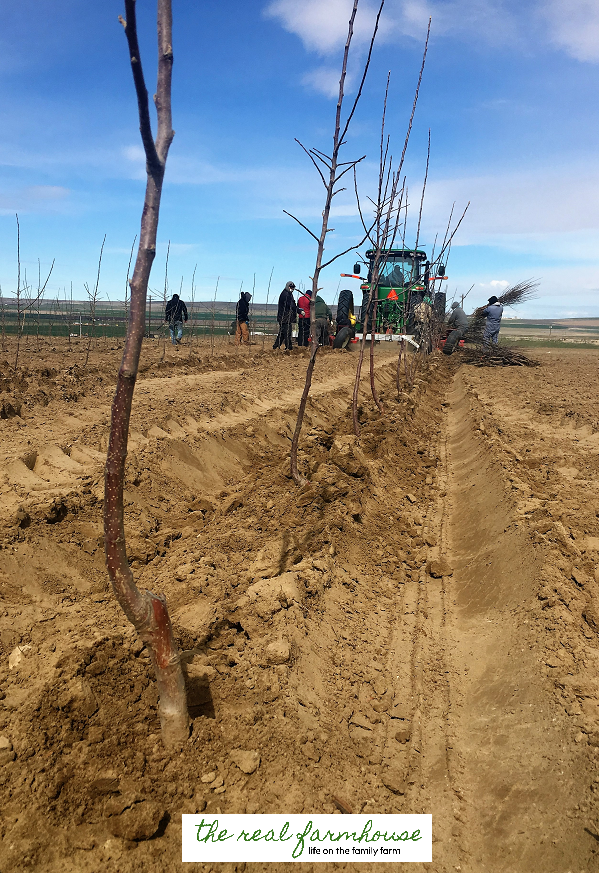
- Young trees are more susceptible to fire blight, pluck blossoms off before rain
Fire Blight is a disease that can spread through an entire nursery’s tree population without them even knowing it. If these trees are exposed to the right combination of heat and moisture, then they will get sick and die off. The disease is triggered when the trees are in bloom. If the blossoms get water inside them, either from rain or overhead sprinklers, and then are exposed to warm weather, this is when the disease takes off. To combat this, orchardists pluck the blossoms off their young trees when they are expecting rain. It’s more worth it to have no apples for the first few years while the trees are small, then it is to have a sick tree that infects your entire orchard.
If you see the leaves start to curl and turn yellow, cut off the infected area quickly to help save the tree.
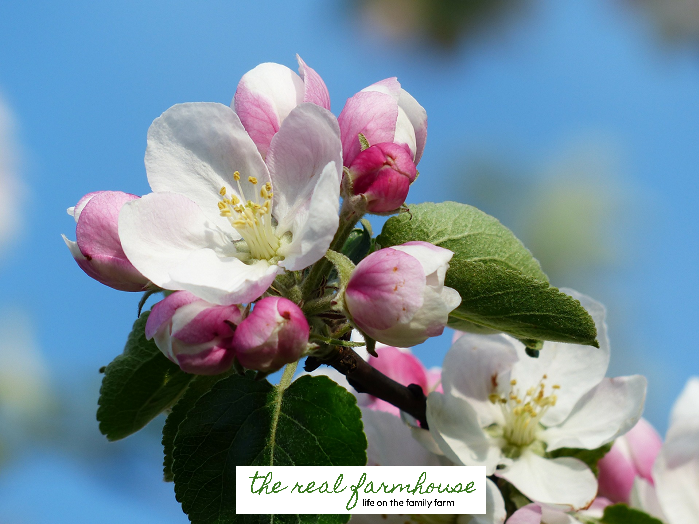
- Trellis the tree to protect against wind
You just don’t see orchards around here that aren’t trellised anymore. That’s because it makes such a difference for the wind damage. By tying your tree to something, you’re giving it much needed support so it can focus on growing instead of surviving the weather. Professional orchardists drive posts into the ground all the way down the row, and then string wire between them to tie the trees to.
- Paint the bottom with “tree paint” so you can spray young trees for weeds
Orchardists who spray weed killer actually paint their trees to protect them. They put on a glove or use a rag, dip it into their paint, and wipe paint all over the bottom of their trees. This makes it possible to spray around them and not damage the tender trees.
- Keep them weed free to prevent mice and other burrowing animals
Keeping your orchard weeded isn’t just for good looks and happier trees. Animals that like to burrow or hide, thrive in weedy areas. They damage everything from the roots of the tree to the drip hose on the ground. However you decide to do it, make sure you keep the weeds down.
- Graft trees to take advantage of an already established and healthy root stock
When an orchardist isn’t happy with a certain variety of apples, generally he doesn’t rip out all the trees. Instead, he cuts them all off a few feet off the ground, and grafts the new variety onto them. The root stocks off the previous tree are already established and happy in their home. Imagine how much better a new baby tree would grow if it started out with full grown roots.
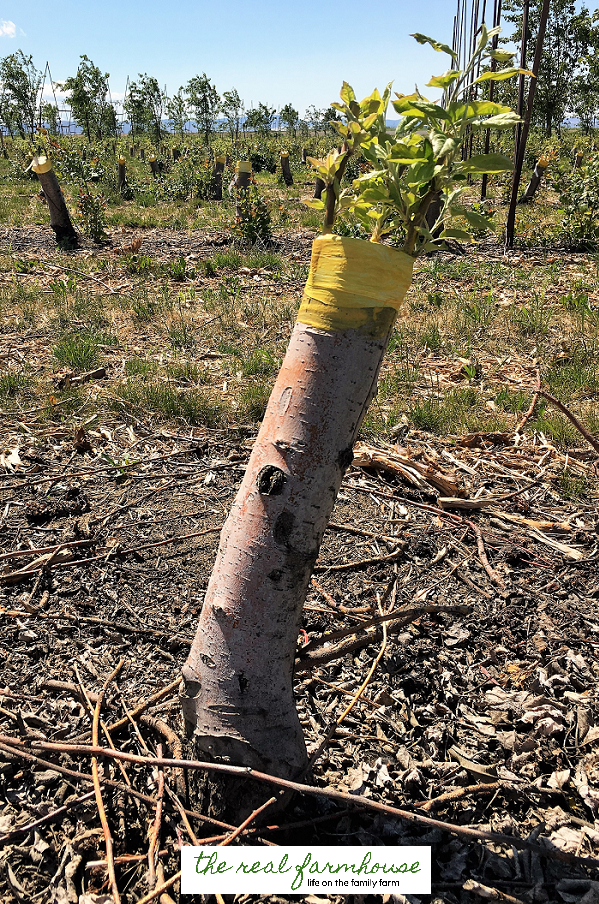
- Use reflection tarp for even coloring
Some orchardists lay reflective tarp down throughout their entire orchard. It reflects light onto the bottom of the fruit which causes the apple to be more uniform in color and ripeness.
- Wind machines for frost protection
A late frost can wipe out an entire orchard in one night. To combat this, most orchards around here have wind machines. They are a windmill that stands above the orchard, and when there are cold nights, they turn it on. By keeping the air moving, it warms it just enough to protect the trees from frost.
- Drip irrigation will reduce disease risk
Drip irrigation systems are strung all along the bottom wire which is about 1 foot off the ground. They keep it off the ground so it doesn’t get damaged by mowers or by animals. More importantly, they use drip irrigation instead of overhead sprinklers now because they discovered it reduces the risk of disease.
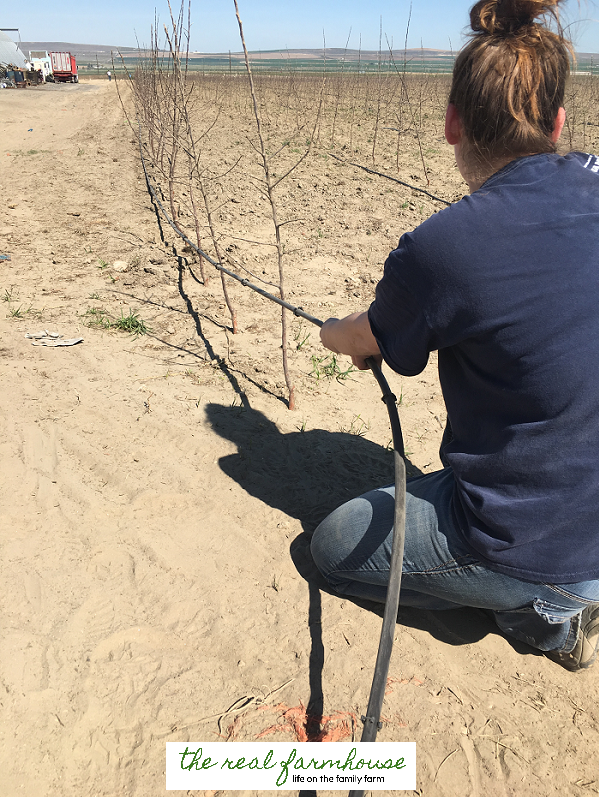
- Sprinklers for frost protection only ground level, not overhead
The second form of frost protection the orchardists use are sprinklers. They must be on the ground, not overhead, so they aren’t spraying the blossoms. This method seems especially ironic to me because when it freezes and the sprinklers are on, the trunk of the tree is completely coated in ice. But we learned that the ice is a protection to the trunk. They leave the sprinklers on all night when they are expecting it to freeze.
- Thin all but one apple in the cluster for much bigger apples
When they thin the apples in a professional orchard you wouldn’t believe the amount laying on the ground afterward. They take off considerable more than they leave on the tree. We were told to pull off all but one apple in each cluster. If you don’t, the apples will be competing for space and nutrients, and they will end up smaller. The largest apples come from trees that have been thinned extensively.
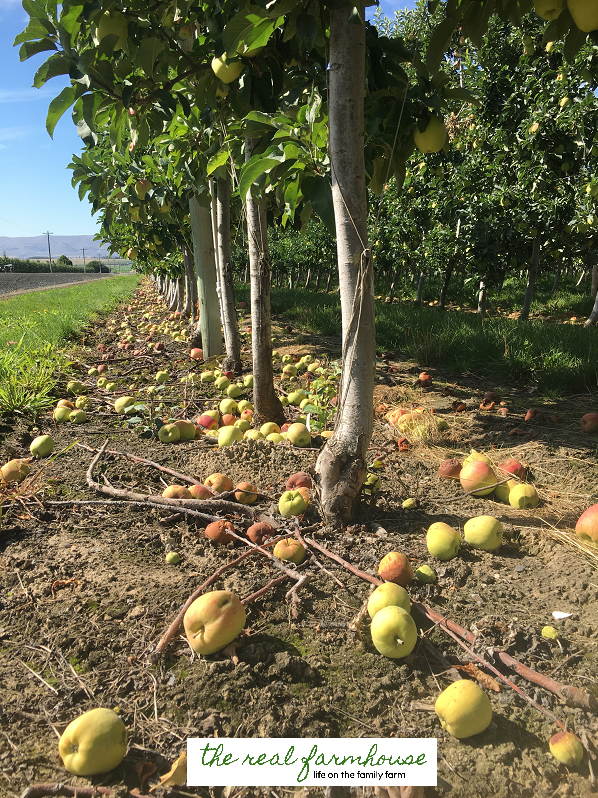
- Plant slow growing “orchard grass” between rows for less maintenance
You need something around your trees or you will constantly be combatting the fast growing weeds. In professional orchards, they plant a slow growing orchard grass that only needs to be mowed every several weeks.
- Cut off bottom 30 inches of branches to encourage tree to grow up
In a professional apple orchard they never let any branches grow on the bottom 30 inches. They cut them all off to encourage the tree to grow up instead of out. They get a lot more growth on the top branches because of this, and they can keep the tree skinny so it isn’t growing into the trees on either side.
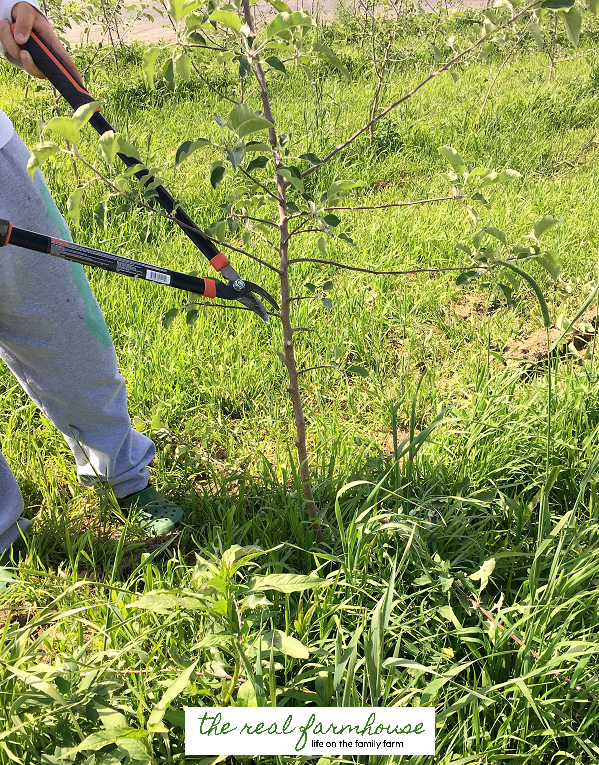
You would not believe the production these guys get from their apple orchards. These trees are loaded with huge, beautiful, symmetrical fruit. Take a few of these secrets and apply them to your apple trees, and you will be well on your way to producing apples like the pro’s!
If you are interested in orchards, be sure to read How to keep the bugs out of your organic fruit trees.
and
How to save thousands on your dream orchard.
What are your apple growing secrets?
~Farmer’s Wife
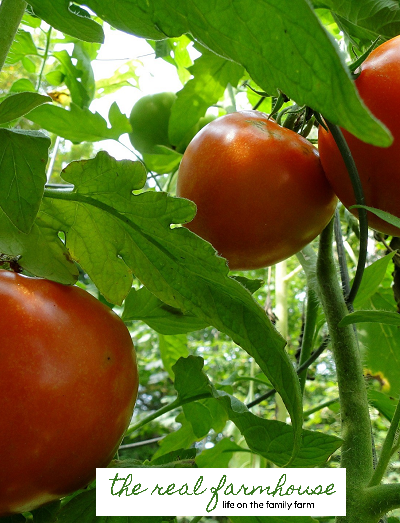
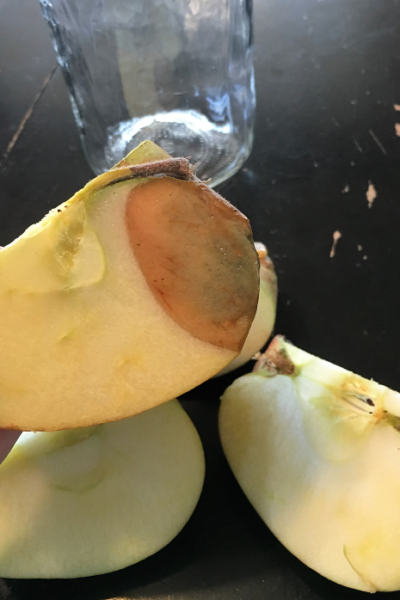
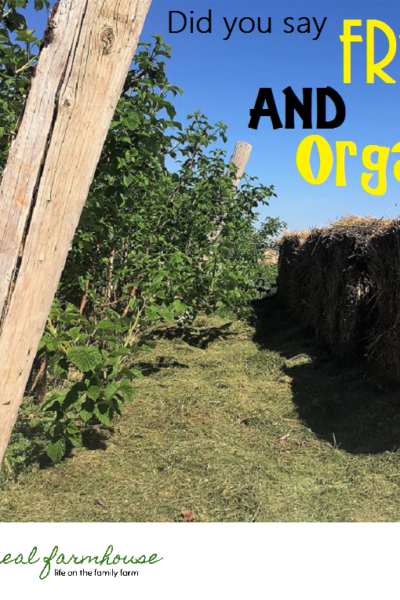
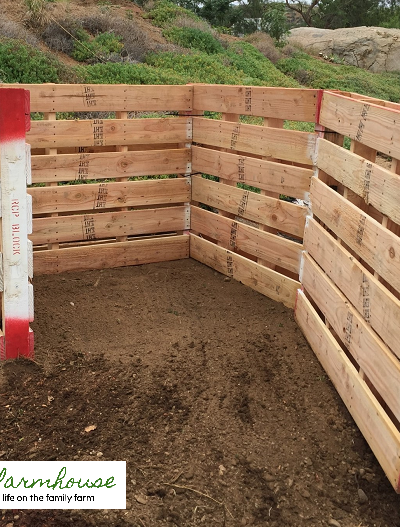

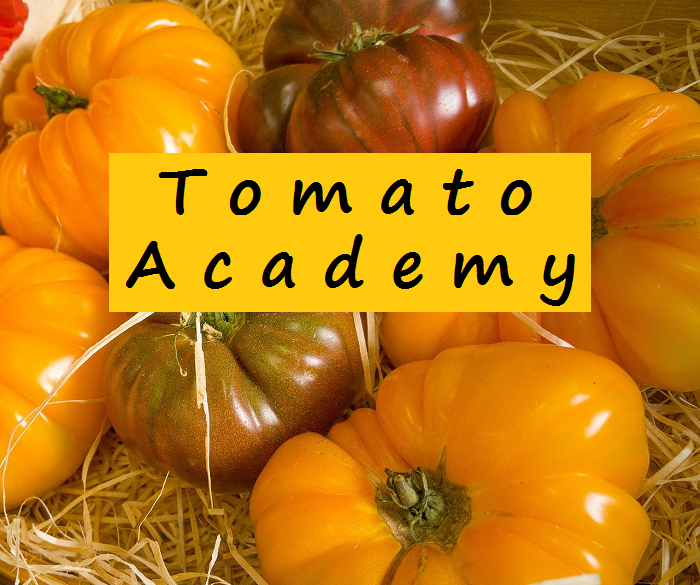
We keep our orchard lanes and aisle-ways mowed weekly in order to build a strong root system for the turf. That thick turf helps to alleviate erosion on our hillside orchards. It also makes it more comfortable during harvest season when the grass is saturated with dw.
Thank you for more professional advice, Excellent suggestions!
Apple trees, and most other fruit trees, are heavy calcium feeders. We top-dress the ground around each newly planted tree with a five gallon bucket-full of quarry washout. This material is available for free from any limestone quarry that also has a concrete manufacturing operation. It is a waste-product for them, and they are only too happy to be rid of it. For a fruit-grower it is pure gold.